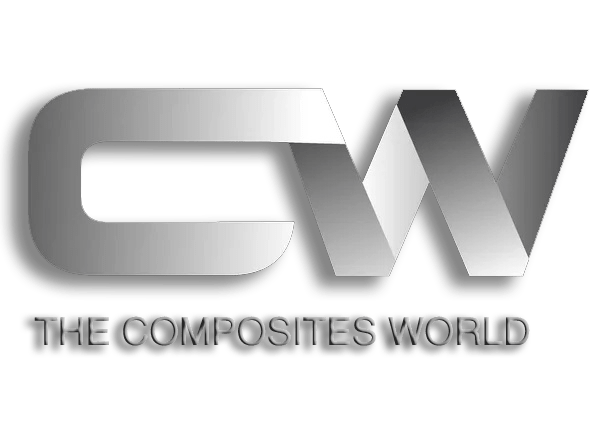
Ever wondered about the magic behind your non-stick pan? That’s Teflon at work. But what is Teflon , and how is it crafted? Dive with us into the story of Teflon -coated wonders, from their molecular beginnings to the kitchen marvels made of Teflon. Let’s uncover this tale together.
PTFE Coating Overview
What is it? At its core, That is made of a compound called PTFE. Through a process called suspension polymerization, a blend of carbon and fluorine atoms is crafted, making it resistant to corrosive chemicals. Every item made of Teflon boasts qualities that are hard to rival, all thanks to the robust structure of PTFE. The next time an egg slides right off your Teflon-coated pan, you’ll know a little more about why. Quite the marvel, isn’t it?
The PTFE Coating Origin Story
Back in 1938, the world hadn’t yet heard of Teflon-coated items. That all changed with Dr. Roy Plunkett. By sheer accident, while aiming for something entirely different in his lab, he stumbled upon a slippery white substance. That was its debut.
But what is it? Simply put, it’s Polytetrafluoroethylene (PTFE). Created through a special process involving carbon and fluorine atoms, this material quickly revolutionized various industries, from kitchenware to machinery.
Its discovery was a game-changer. An unplanned twist in a lab led to a household name. Talk about a happy accident!
How Are PTFE Coatings Made?
Polytetrafluoroethylene (PTFE), a compound created when carbon and fluorine atoms unite through a method called suspension polymerization. This process gifts its resistance to corrosive chemicals and that signature slipperiness. is usually made through one of two main methods: suspension polymerization or emulsion polymerization.
1.Suspension Polymerization: Tetrafluoroethylene (TFE) monomers, water, and a polymerization initiator are mixed and polymerized in a high-pressure reactor. The resulting PTFE is then separated, dried, and processed into various forms.
2.Emulsion Polymerization: TFE, water, and emulsifiers are mixed together and initiated with a chemical agent. After polymerization, the emulsion is coagulated to form PTFE, which is then dried.
Both methods require specialized equipment and safety measures due to the high pressures and potentially hazardous chemicals involved. PTFE mixture can be shaped into various forms—be it the Teflon sheets used in industries or the handy Teflon tape in your drawer.
The Key Steps of Producing PTFE
Every time you effortlessly slide eggs off your Teflon pan or seal a pipe with Teflon tape, there’s a story of science and precision behind it. Wondering how Teflon-coated wonders come to life? Let’s journey through the key steps.
1.Atomic Fusion: It all begins with carbon and fluorine, two distinct atoms, uniting in harmony.
2.The Magic of Suspension Polymerization: Within controlled chambers, a method called suspension polymerization takes over. This process turns the atomic blend into a base that will soon grace items like Teflon sheets or spray.
3.Shaping and Molding: From this crafted base, different products emerge. Be it the making of Teflon paper or the birth of Teflon pans, each is shaped with precision, ensuring functionality and longevity.
4.Final Touches: Products are then given their Teflon-coated finish. This guarantees they’re up to the task, whether it’s resisting corrosive chemicals or ensuring a seamless cooking experience.
Quality Control in PTFE Production
Picture this: You’re in your kitchen, holding your favorite Teflon pan, appreciating its sleek, non-stick surface. Ever wondered how it remains so flawless? The answer lies in meticulous quality control during PTFE production.
1.Raw Material Inspection: Before the dance of carbon and fluorine atoms begins, the raw materials are thoroughly checked. Only the best gets to be part of what it is.
2.Monitoring Suspension Polymerization: Remember the magical step of suspension polymerization? Here, experts closely monitor the process, ensuring that the Teflon coated items you adore maintain consistent quality.
3.Routine Checks: During the manufacturing process, random samples are taken. Whether it’s a potential Teflon sheet or tape, each undergoes rigorous testing. They’re put under the microscope, quite literally, to catch even the tiniest flaw.
4.End-Product Assessment: Before Teflon-coated products grace our homes or industries, they face one final test. Every feature, from resistance to corrosive chemicals to the non-stick prowess of Teflon pans, is examined.
5.Feedback Loop: Post-production, feedback is gathered. This cycle ensures that the made-of-Teflon items constantly evolve, reflecting the best in quality and innovation.
In a nutshell, PTFE is a game-changer. Starting as carbon and fluorine, high-temperature techniques and suspension polymerization make it the nonstick hero in your kitchen. It’s not just for cookware; it’s in stainless steel and fights off corrosive chemicals, too. Developed over a long time, its heat resistance and wide range of uses make our lives easier every day. From nonstick pots and pans to industrial applications, It is everywhere, and we’re better for it.





